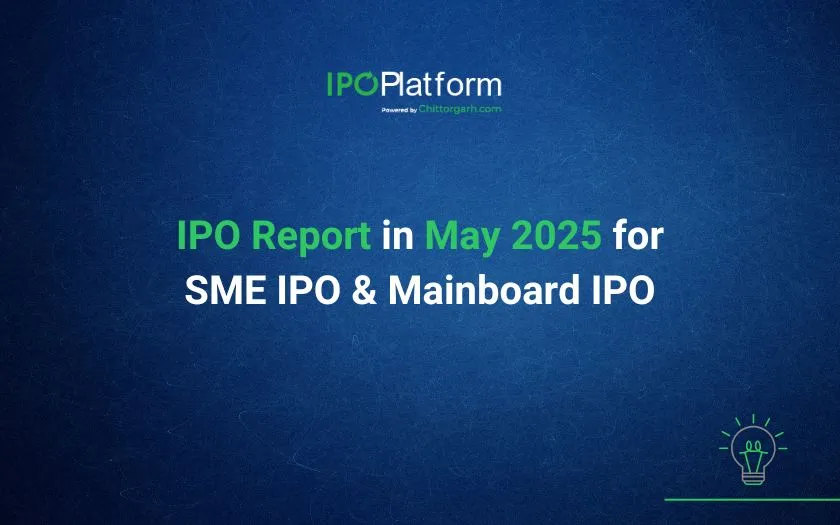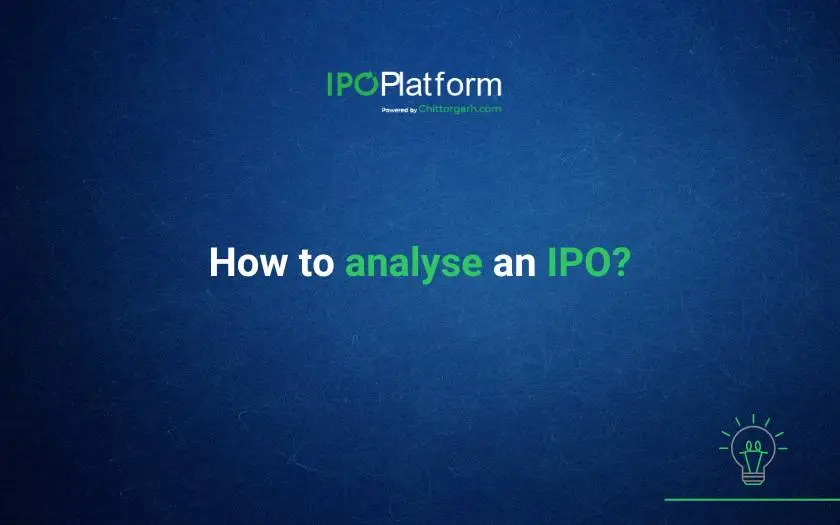Difference between Mainboard and SME IPO

Overview
IPO in India (Initial Public Offers) are of two types, SME IPOs and Mainboards IPOs. SME IPOs are targeted for small, emerging companies while large companies with an established track record target Mainboard listing. Both the types of IPOs differ in many ways highlighted below. NSE SME Emerge and BSE SME facilitate SME IPO listings.
SME IPO vs Mainboard IPO
It has been observed that many of the SME promoters in India find that their companies have transcended the emerging nature and now have established market positions. In such cases when in double minds, it should be considered that Mainboard IPOs come with stringent listing regulations and vast compliance requirements post IPO. Listing on mainboard also requires appointment of key personnel at various levels like CFOs, Secretarial practices and so on. Listing on a SME platform would give a sufficient time to the company for preparing itself for such compliances. A SME listed company can then migrate to Mainboard on fulfilment of Migration Guidelines.
What role does IPO Advisors play in successful IPO?
IPO Advisors play an important role in successful launch of an IPO. Their advisory role from IPO readiness, selecting the best merchant banker in India for SME IPO, various due diligence activities and IPO valuation guides the company throughout the IPO Issue and listing process. IPO platform in India provides information on upcoming IPOs on NSE Emerge and BSE SME and list of merchant bankers and anchor investors. Role of IPO advisor is important in the success of the listings.
One can understand the key differences between SME IPO and Mainboard IPO through the below table:
IPO vs SME IPO
|
S.no |
Basis Of Difference |
SME IPO |
Mainboard IPO |
|
1 |
Meaning |
SME IPO gives an opportunity to small and medium companies to raise funds by going public. |
Matured and large scale companies with already established market positions goes public by listing on mainboard platform. |
|
2 |
Objective |
Access to capital, visibility, exposure to investor’s expertise is the main objectives. |
Raising substantial funds and exit to existing investors by Offer for sale. |
|
3 |
Benefit |
Improves organizational structure and brings professional management on board. |
Increase liquidity and provides flexibility for strategic decisions. |
|
4 |
Post Issue Paid-Up Share Capital |
For listing purposes, the post-issue paid-up equity of the company should not be more than 25 crores. |
For listing purposes, the post-issue paid-up equity of the company should not be less than 10 crores. |
|
5 |
Listing Platform For IPOs |
Listed on SME platforms of BSE SME and NSE Emerge. |
Listed on BSE and NSE. |
|
6 |
Cost and Expenses |
Lower costs and expenses due to reduced compliance requirements. |
Higher costs and expenses due to complex compliance requirements. |
|
7 |
Profitability Criteria |
Company must be profitable at operating level (EBITDA) for two out of three financial years. |
Even a loss making company can be listed on Mainboard platform. |
|
8 |
Regulatory Framework |
Governed by less stringent regulations of respective stock exchanges. |
Governed by stricter regulations by SEBI. |
|
9 |
Timeline |
SME IPO takes approximately 4 to 5 months. |
Mainboard IPO takes approximately 6 to 12 months. |
|
10 |
Merchant Bankers |
SME merchant bankers in India have to compulsorily underwrite the issue as per ICDR regulations. |
Merchant bankers are usually large banks, financial institutions where underwriting is not mandatory |
|
11 |
Types Of Anchor Investors |
Anchor investors are usually large family offices. SME IPO anchor investor must invest at least 1 crore in a SME IPO. |
Mainboard IPO anchor investor must invest at least 10 crore in a Mainboard IPO. |
|
12 |
Approval of SEBI |
DRHP/RHP approval is done by the respective Stock exchanges. |
Approval of SEBI for DRHP is a preliminary condition for Mainboard IPO. |
|
13 |
Post Listing Compliances |
Half Yearly-Less complex compliance requirements. |
Quarterly - Complex compliance requirements. |
|
14 |
Market Making |
Market making is compulsory for a period of 3 years. |
Not Mandatory. |
Summary
The Main Board and SME IPOs cater to different types of companies with varying needs and stages of development. Main Board IPOs suit larger, established companies, while SME IPOs are designed to help smaller, emerging businesses access public capital markets. A Company can understand the benefits and cost of SME IPO and Mainboard IPO. In a nutshell, one can see differences between the both in the IPO process, eligibility criteria and roles and responsibilities of Merchant bankers in India.





0 Comments